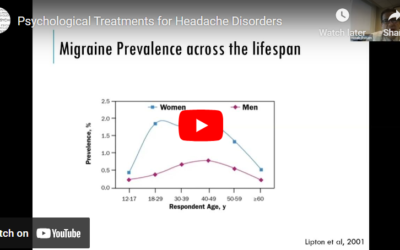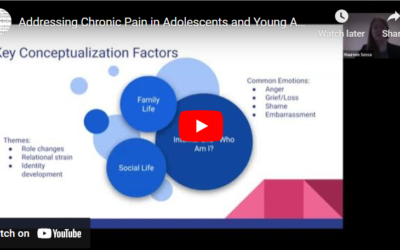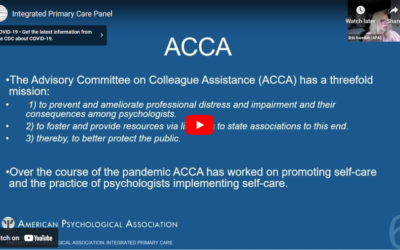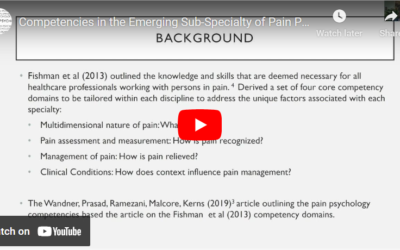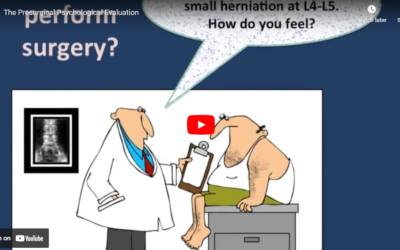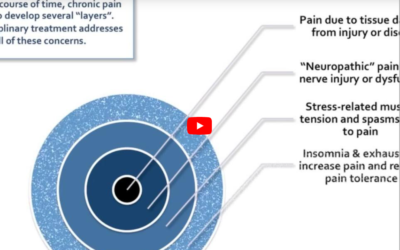This program provides an introduction to evidence-based behavioral headache treatment for mental health providers.
Articles & Resources

Adolescents and Young Adults (AYAs) with Chronic Pain and Illness: Perspectives and Recommendations for Psychologists
Speakers address critical issues for adult providers addressing the consequences of chronic pain in young adult patients.
AYA Interest Group Winter 2022 Newsletter
Access the Society for Health Psychology’s Adolescent and Young Adult (AYA) interest group Winter 2022 newsletter.
Working with Transgender Adolescents and Young Adults (AYA)
Information from the Society for Health Psychology’s Adolescent and Young Adult (AYA) special interest group about working with transgender AYAs.
Practice Management in Integrated Primary Care
This webinar provides an overview of practice management within integrated primary care (IPC) settings and new practice adaptations arising during the COVID-19 pandemic.
Health Equity and Power: Misogynoir and Black Women’s Health
This event describes the pervasive threat of misogynoir for health equity for Black women.
Core Competencies for the Emerging Specialty of Pain Psychology
This webinar describes the rationale for developing pain psychology core competencies and the four pain core competency domains.
Key Terms in Understanding Adolescent and Young Adult (AYA) Gender Diversity
List of key terms related to gender diversity from the Society for Health Psychology’s Adolescent and Young Adult (AYA) special interest group.
What Should You Know to be a Competent Pain Psychologist?
Review of core competencies for pain psychology.
Opioid Crisis Position Statement
In June 2018, a joint statement was made by The Society of Behavioral Medicine and The Society for Health Psychology concerning the opioid crisis. Download it here.
Spinal Cord Stimulator (SCS) Psychological Evaluation Information
Information from Dan Bruns, PsyD, about evaluating patients for Spinal Cord Stimulator (SCS) surgery.
Pain as a Biopsychosocial Condition
Daniel Bruns, PsyD, provides a thorough description of the complexities of pain and outlines the manner in which some “unexpected” treatments work.

